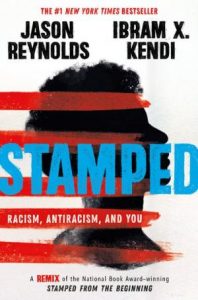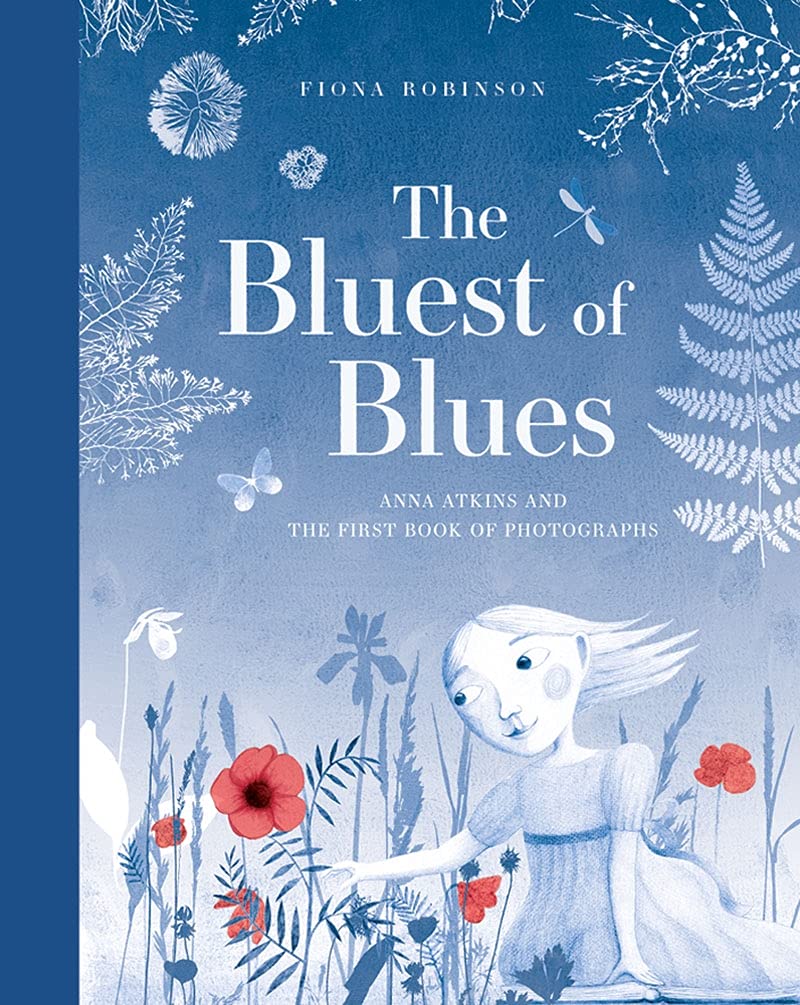By Deanna Day, Washington State University, WA, and Barbara A. Ward, University of New Orleans, LA
 In this column we continue to explore recent trends in censorship and book banning by highlighting how authors feel about their books being challenged. Additionally, we offer some ideas for classroom teachers interested in supporting children’s rights to read by teaching about censorship and book banning.
In this column we continue to explore recent trends in censorship and book banning by highlighting how authors feel about their books being challenged. Additionally, we offer some ideas for classroom teachers interested in supporting children’s rights to read by teaching about censorship and book banning.
It isn’t just teachers, librarians, and school board members who are put into the position of defending certain books. The recent attacks on books featuring certain types of stories have even had a chilling effect on the publishing industry, with some publishing houses shying away from topics that might be deemed controversial. Many authors of children’s and young adult books are finding themselves on the defensive because their books have drawn negative attention from parents and community members. Author Jason Reynolds, who has written a number of books that have been challenged such as Stamped: Racism, Antiracism and You (2020), a remix of the adult title Stamped from the Beginning: The Definitive History of Racist Ideas in America (2016) by Ibram X. Kendi and All American Boys (2015), cowritten with Brendan Kiely, emphasizes that limiting access to books limits kids’ curiosity and that banning books sends the message that kids shouldn’t ask questions. “Books don’t brainwash. They represent ideas,” he said. Continue reading


 Like many artistic practices, photography is often used as a form of activism. The photographic image can help bring hidden or shadowed issues and realities into the public eye, illuminating the world as a way to create change. An excellent way to unlock photographic history and activism for children in accessible and engaging ways is through biographical picturebooks of notable photographers. These stories provide context for how photography became so ubiquitous and essential around the globe, as well as how it has and can be used as a tool for social change, perhaps inspiring young readers to do the same. Although there are a number of excellent examples, for this post I will look closely at picturebook biographies of three artists who used the photographic medium for expression and activism: Anna Atkins of England, Jacob Riis of Denmark and the United States, and Gordon Parks of the United States.
Like many artistic practices, photography is often used as a form of activism. The photographic image can help bring hidden or shadowed issues and realities into the public eye, illuminating the world as a way to create change. An excellent way to unlock photographic history and activism for children in accessible and engaging ways is through biographical picturebooks of notable photographers. These stories provide context for how photography became so ubiquitous and essential around the globe, as well as how it has and can be used as a tool for social change, perhaps inspiring young readers to do the same. Although there are a number of excellent examples, for this post I will look closely at picturebook biographies of three artists who used the photographic medium for expression and activism: Anna Atkins of England, Jacob Riis of Denmark and the United States, and Gordon Parks of the United States.